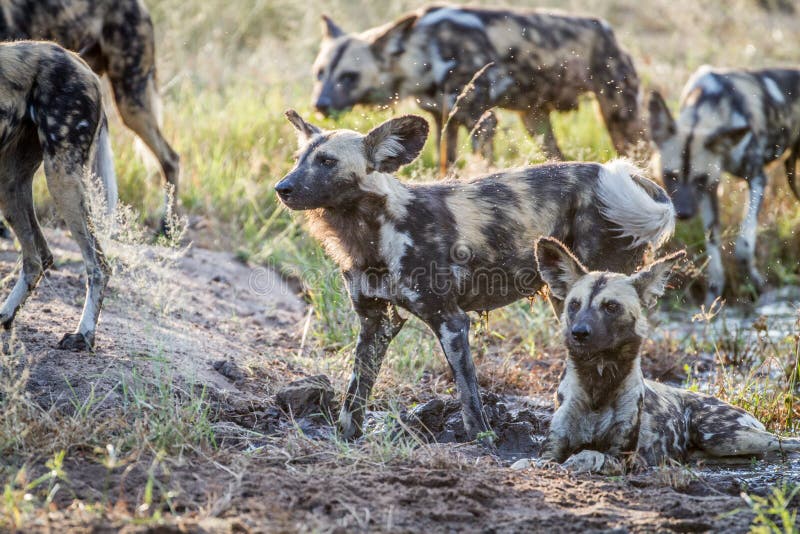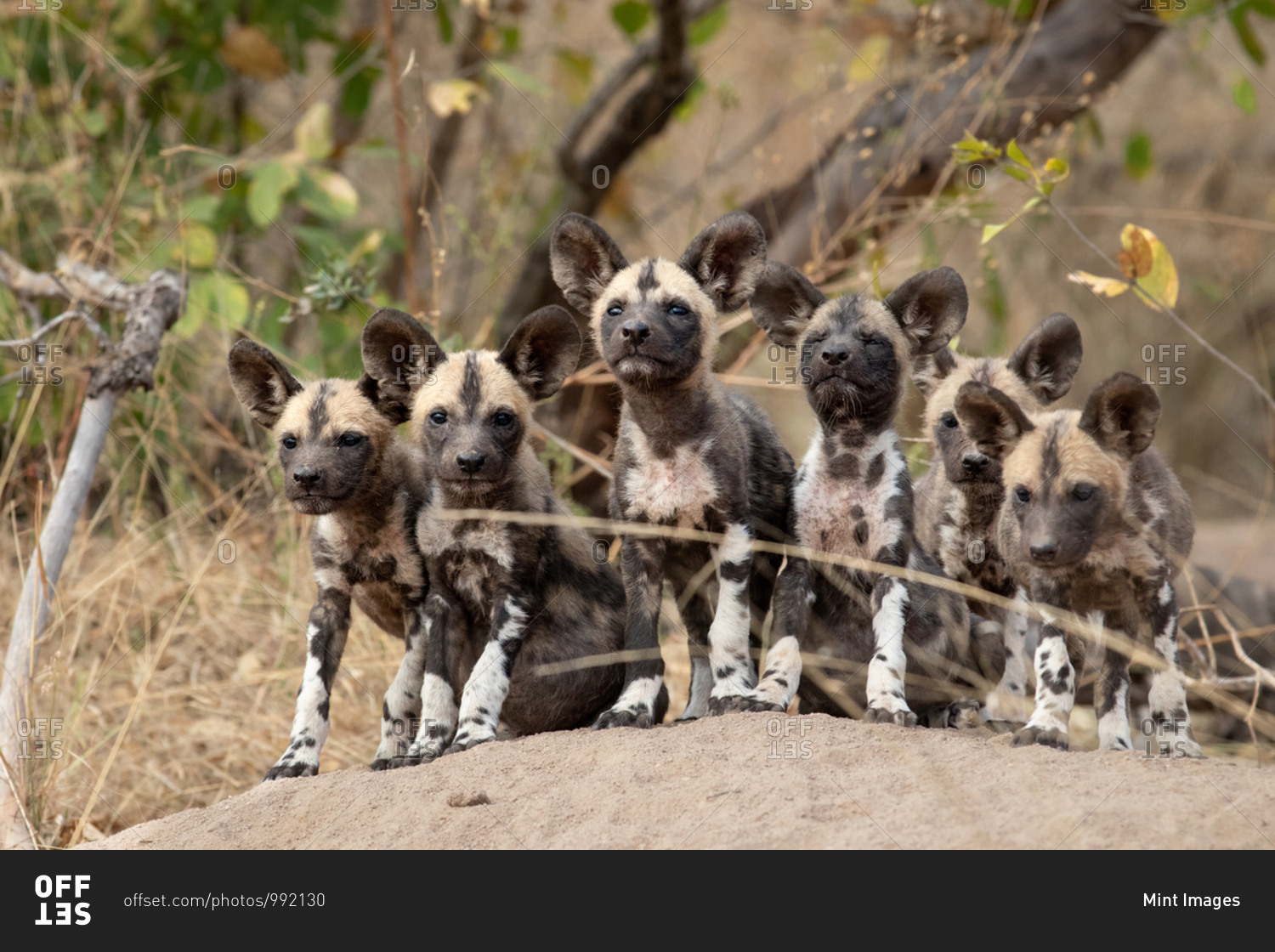

Solitary Little Egrets had higher strike and fish intake rates, but lower strike efficiency, than solitary Intermediate Egrets, whereas their biomass intake rates were similar. Expelling by earlier arrived egrets interrupted subsequent flock formation on 45.2 % occasions, but was not affected by egrets’ foraging performance. Intermediate Egrets displayed expelling behavior more frequently. We found no evidence of non-random landings to mixed-species flocks by either species, but egrets showed a trend of landing closer to conspecifics when conspecifics represented lower proportions in flocks.

intermedia) egrets, and assessing strike rates, strike efficiency, and intake rates of singles and egrets in conspecific and mixed-species flocks. We studied egret flocks in southwestern Taiwan to assess the flock size and neighborhood effects on flock formation and foraging performance of egrets by examining landing tendencies and expelling behaviors of Little ( Egretta garzetta) and Intermediate ( E. However, it remains unclear whether and how ardeids’ foraging while joining a flock is affected differently in conspecific versus mixed-species flocks. This finding has immediate implications for the conservation of the endangered African wild dog, and broad implications for the conservation of subordinate species affected by resource depletion and intraguild competition.īirds aggregate for various survival needs, and ardeids form both conspecific and mixed-species flocks. Our results suggest that there is an optimal ratio of prey and competitors at which wild dogs achieve their highest densities. Our results show that low lion density did not competitively release the GKE wild dog population and we infer that the low density of wild dogs was a product of low prey density. Average pack size was small and home range size was among the largest recorded. Counter to expectations from mesopredator release theory, wild dog density in GKE was far lower than comparable ecosystems with higher lion and prey density, though annual survival rates were comparable to large and stable populations. The GKE is affected by prey depletion, particularly of large herbivores, and thus the density of lions is significantly lower than ecologically comparable ecosystems. We measured African wild dog density and survival, using mark-recapture models fit to 8 years of data from 425 known individuals in the Greater Kafue Ecosystem, Zambia. African wild dogs are often limited by high densities of dominant competitors, particularly lions. Prey depletion is one of the leading causes of large carnivore decline worldwide, but little is known about the net effect of prey depletion on subordinate carnivores when their dominant competitors are also reduced. Conservation of competitively subordinate carnivores presents a difficult challenge because they are limited by dominant competitors.


 0 kommentar(er)
0 kommentar(er)
